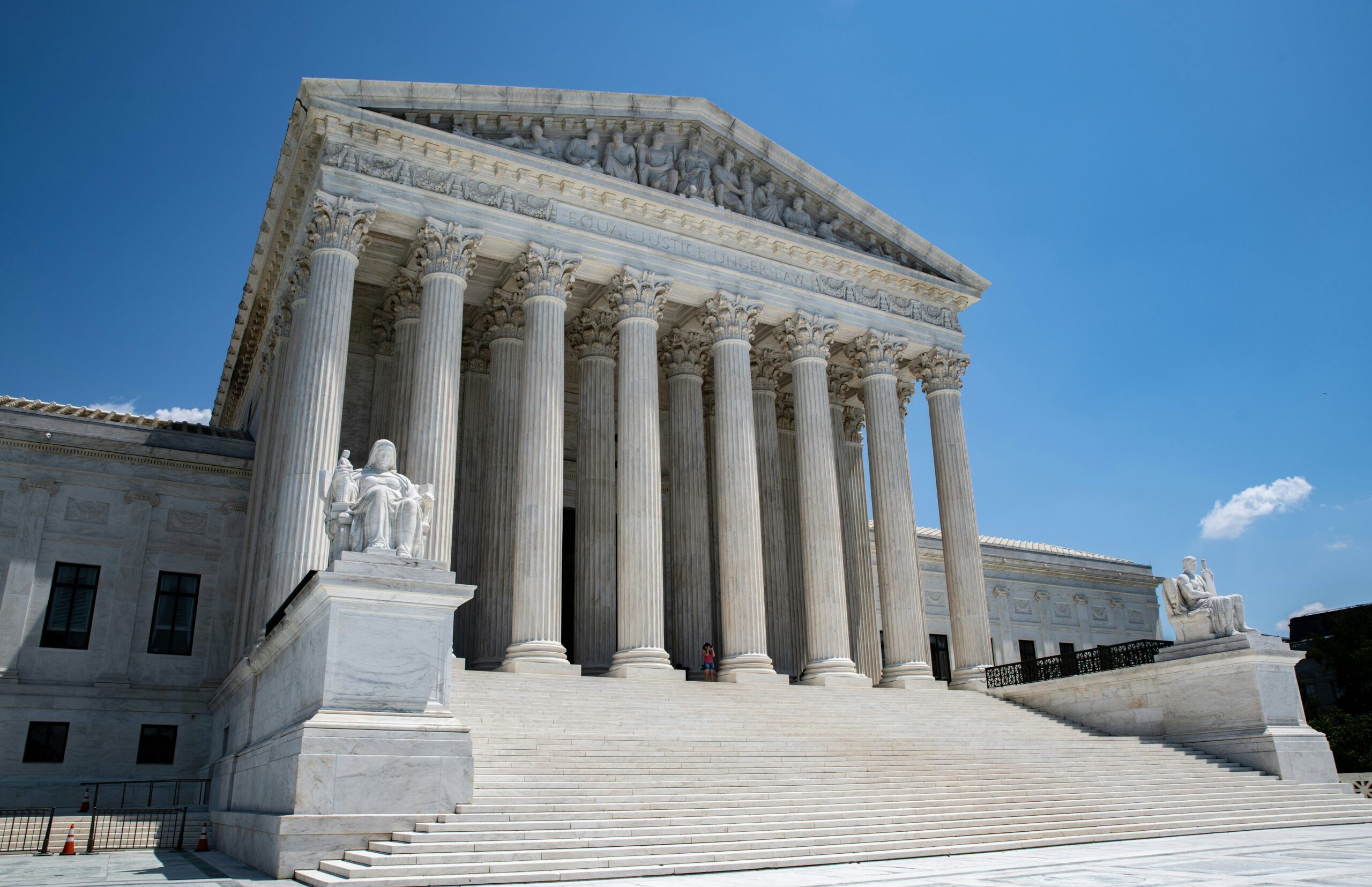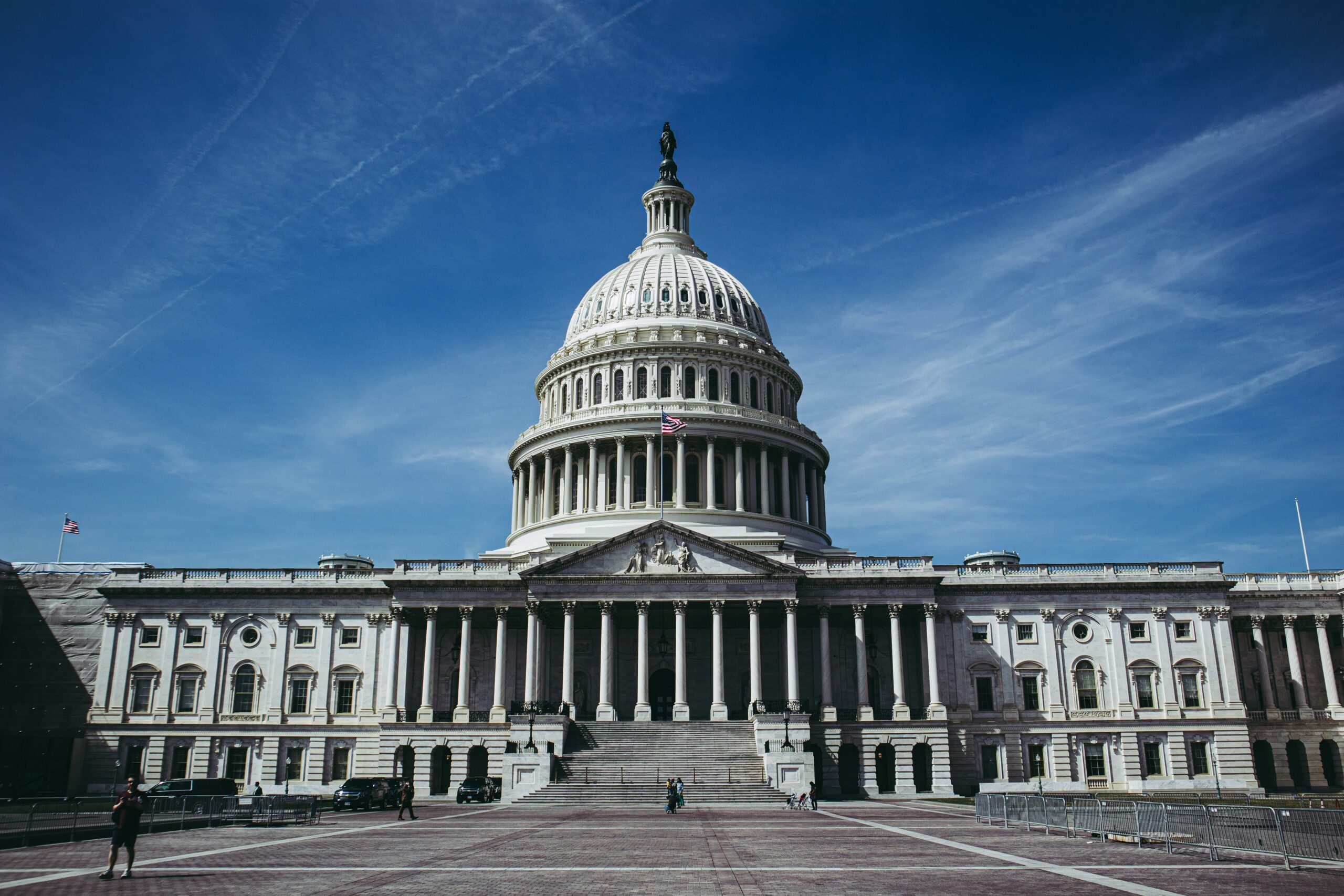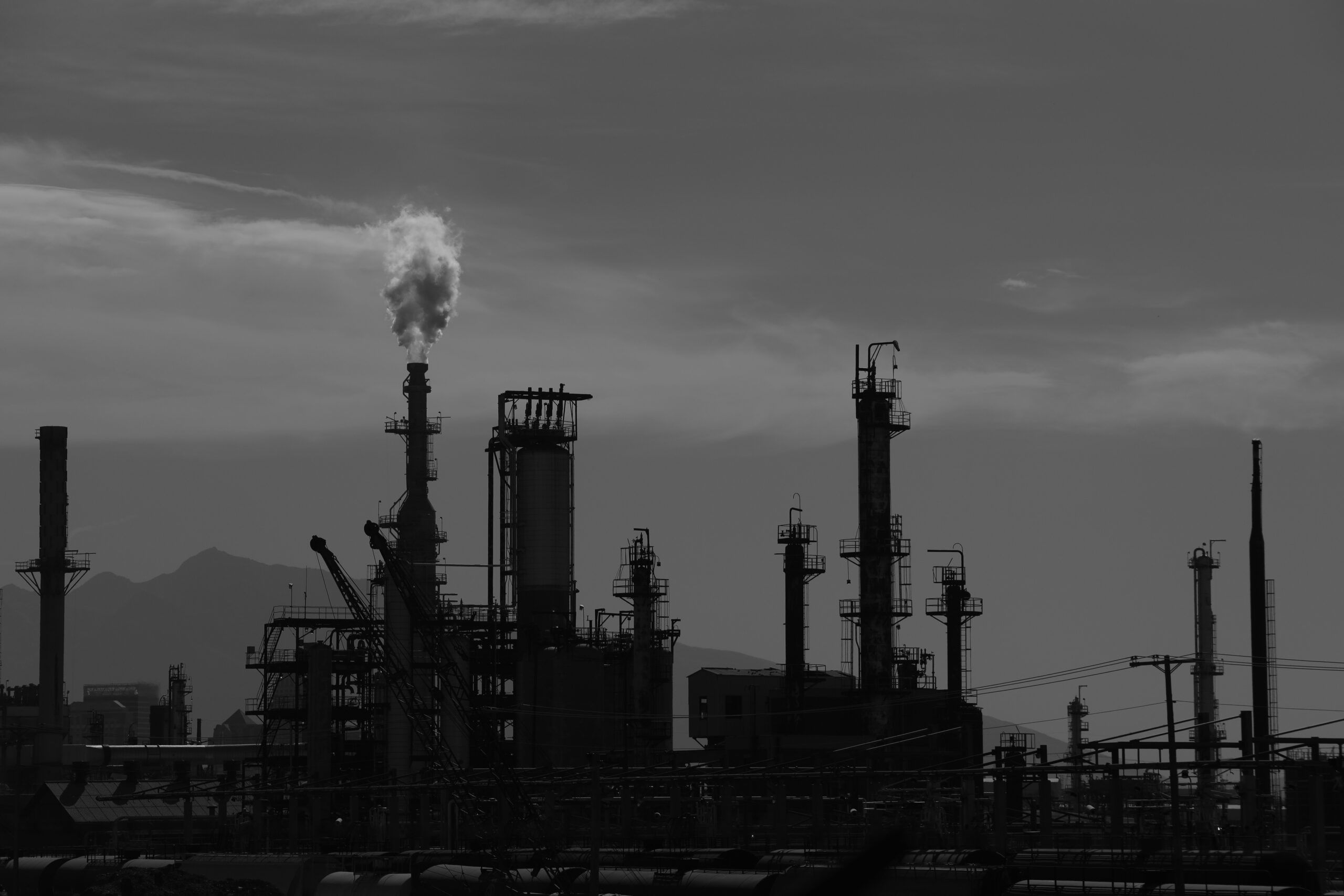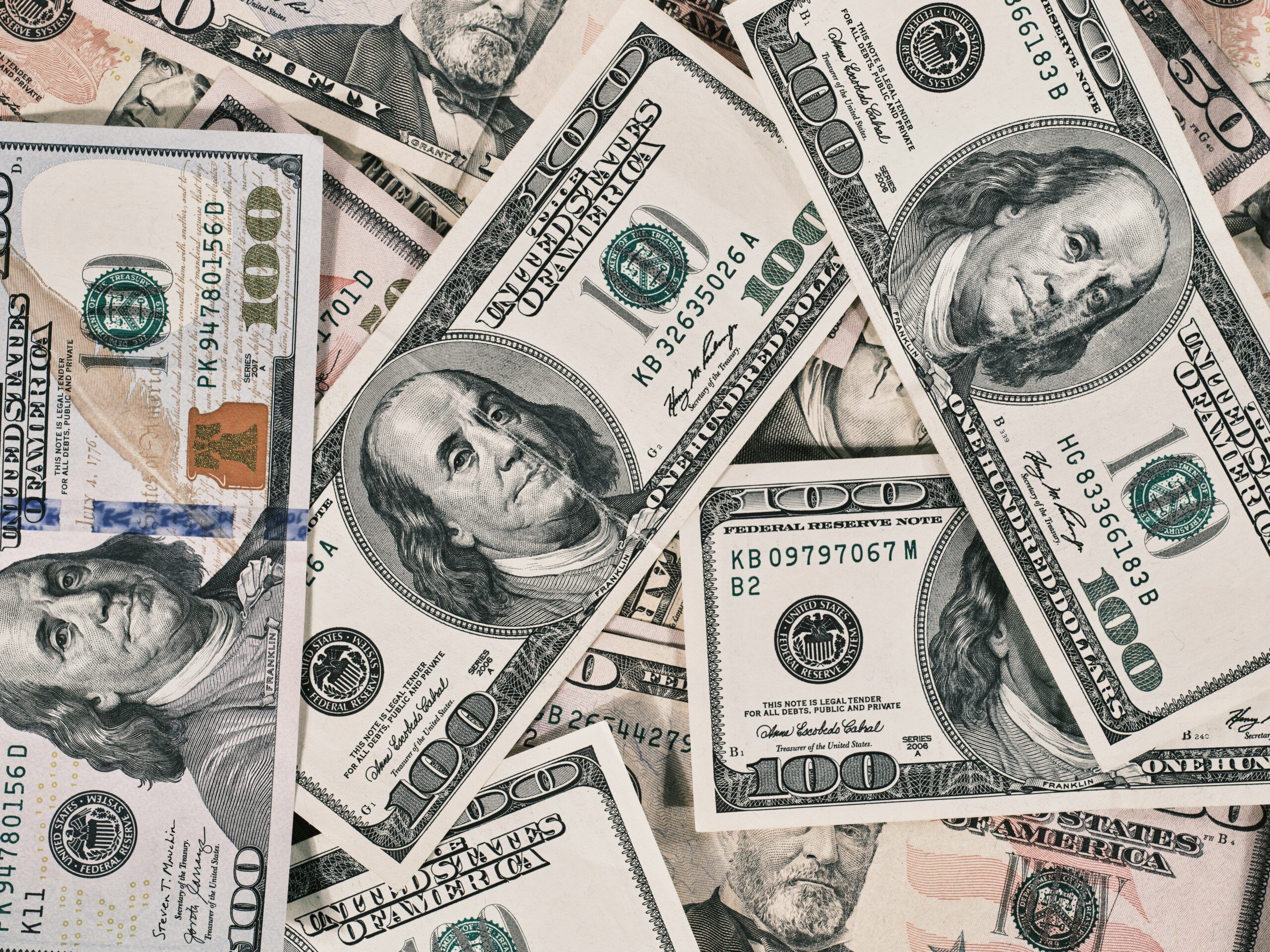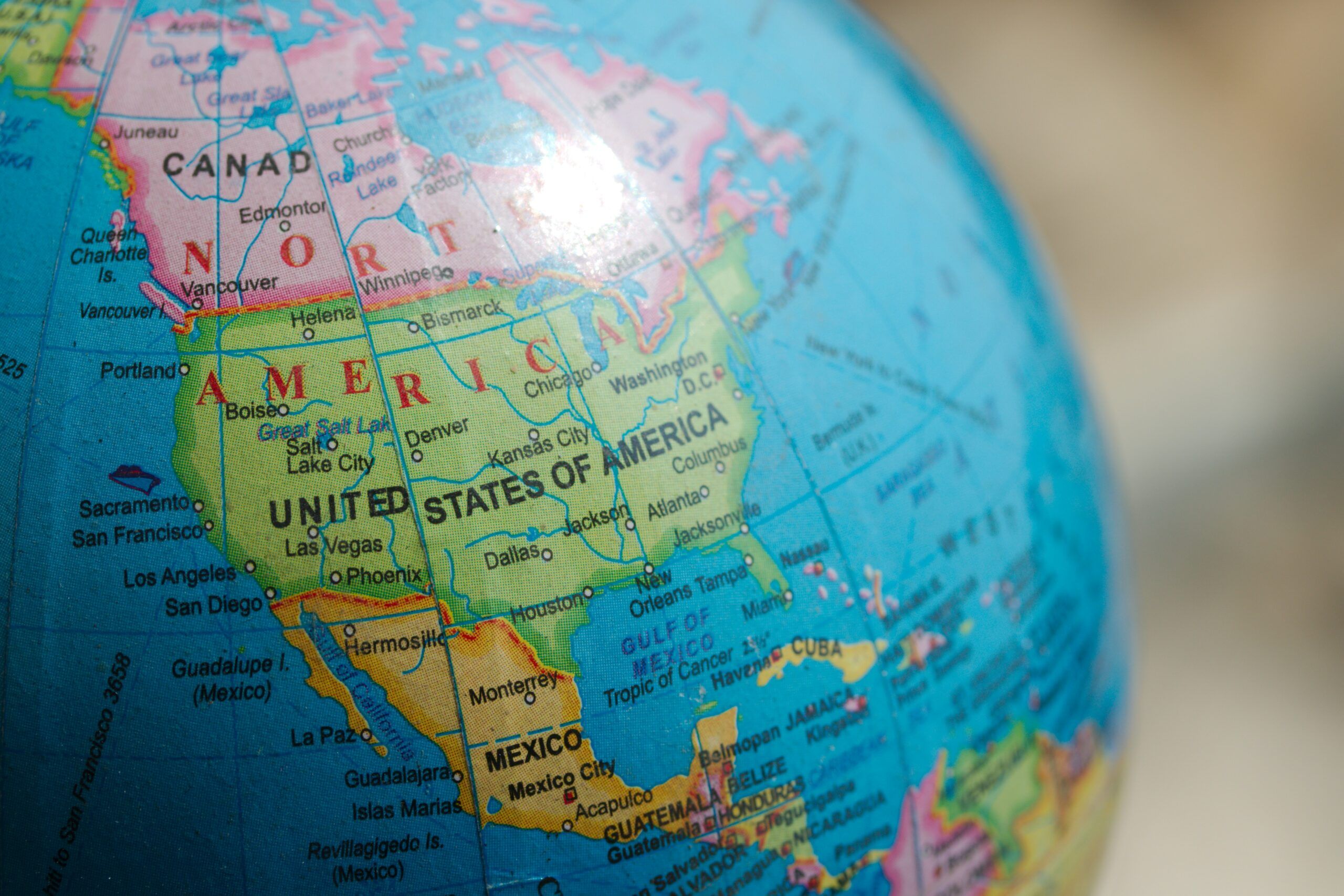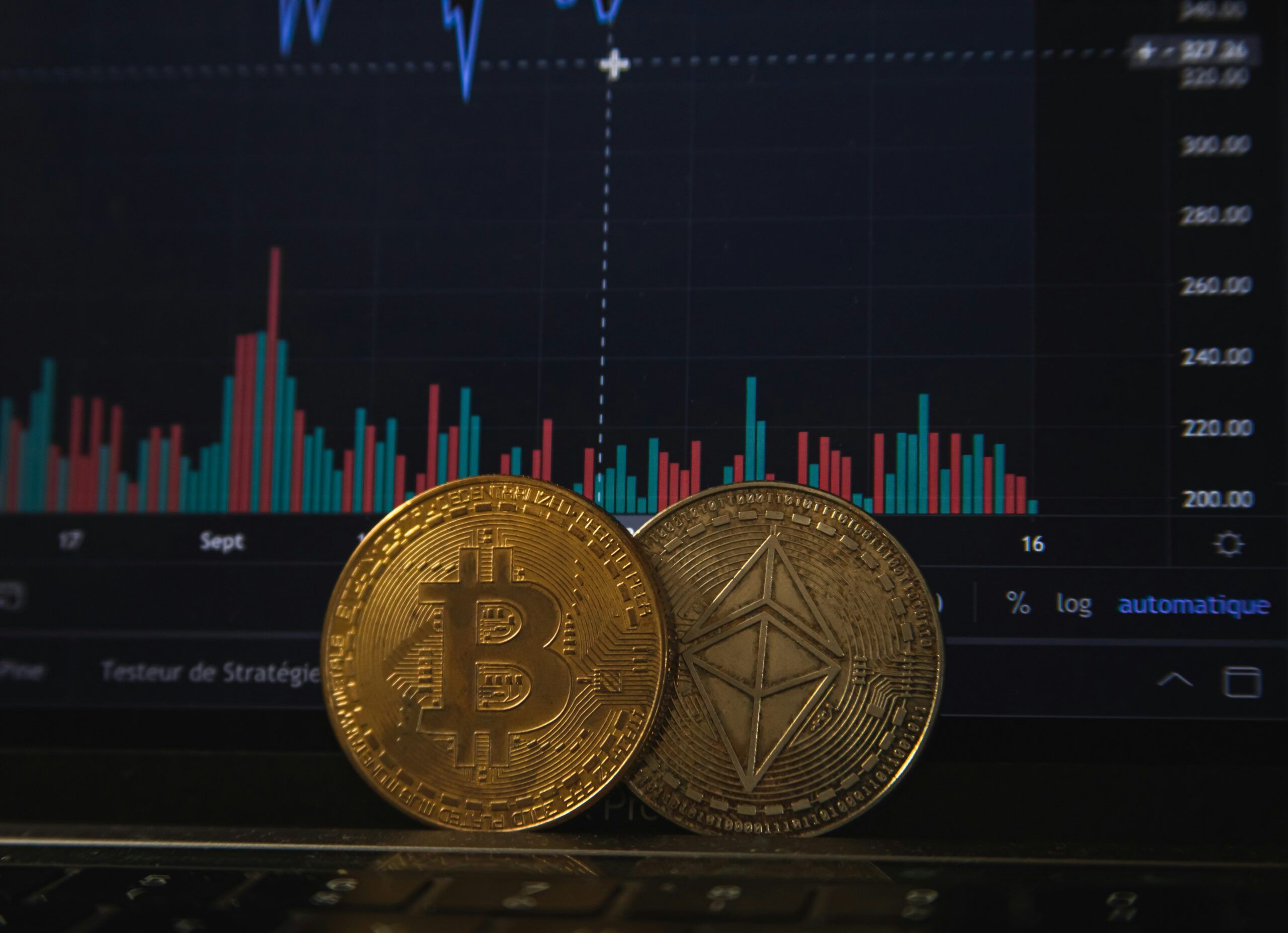What Happens if the U.S. Supreme Court Rules President Trump’s Tariffs Illegal?
President Donald Trump’s tariffs are now subject to a ruling by the U.S. Supreme Court (SCOTUS). On 5th November, the Court heard consolidated oral arguments in Learning Resources Inc v Trump and V.O.S. Selections Inc v Trump, two high-profile cases challenging President Trump’s use of the IEEPA*** (International Emergency Economic Powers Act) to impose global tariffs, specifically the Trafficking Tariffs* and Reciprocal Tariffs**. SCOTUS has agreed to fast-track its decision, expected in late 2025 or early 2026. A ruling against the administration would severely restrict the President’s ability to impose global tariffs and would significantly weaken the White House’s bargaining position in ongoing trade negotiations.
*Trafficking Tariffs – these are recent U.S. import taxes imposed by the Trump administration to address what it declared a national emergency relating to illegal immigration and drug trafficking, particularly fentanyl. The tariffs target goods imported from Mexico, China, and Canada, countries identified as key points in the drug supply chain into the United States.
**Reciprocal Tariffs – these tariffs are designed as a retaliatory or “tit-for-tat” measure, imposing import taxes that match tariffs charged by trading partners. Their main objectives are to correct trade imbalances, level the playing field, and pressure other countries to reduce their tariffs. Earlier this year, President Trump argued that the trade imbalance between the U.S. and many partners was excessive, and therefore imposed punitive tariffs that far exceeded those used by other countries exporting to America.
***IEEPA – the International Emergency Economic Powers Act (1977) gives the President authority to declare a national emergency and regulate international economic transactions in response to external threats. This may include imposing sanctions, freezing assets, or other restrictive measures. Historically, it has been used to counter threats such as terrorism and cybercrime. Under President Trump, however, IEEPA was invoked to justify the imposition of import tariffs, a use now being legally contested.
President Trump has warned that it would be “devastating for our country” if SCOTUS rules against his tariffs, calling the cases “two of the most important in our history”. Experts suggest that an adverse ruling could force the government to pay more than $100 billion in refunds. It would also eliminate much of the leverage the administration currently uses in trade negotiations and could create significant uncertainty in geopolitical discussions with the EU, China, and other trading partners.
If SCOTUS rules for the plaintiffs and strikes down Trump’s use of IEEPA to impose blanket tariffs, the President does retain several alternative legal mechanisms to reintroduce similar measures. These include:
Section 338 of the Tariff Act of 1930, which authorises the President to impose tariffs of up to 50% (or more in certain cases) on countries that take discriminatory trade measures against the U.S. However, there are limitations, including a 50% tariff cap unless discrimination persists and a mandatory 30-day delay in tariff collection.
Section 122 of the Trade Act of 1974 allows tariffs to address a large balance-of-payments deficit. However, there are limitations in which the President can only impose a global tariff of 15% and for a maximum duration of 150 days. This may be less appealing to the current administration.
Section 232 of the Trade Expansion Act empowers the President to impose tariffs on national security grounds targeting specific sectors. There is a no tariff cap imposition or time limit, but it does require an extensive investigation process by the Department of Commerce. This must also be sector-specific, giving the President far less latitude than IEEPA.
While the President has additional legal avenues available, he will be hoping that SCOTUS dismisses the cases and rules in favour of the administration. Analysts note that the Court will need to weigh the increased costs borne by U.S. companies, the impact on America’s global reputation, and whether ruling against the President would diminish U.S. leverage in trade negotiations, geopolitical affairs (including the Russia–Ukraine war and Gaza), and international economic relations.
